ロアリング山 ツアーとアクティビティ
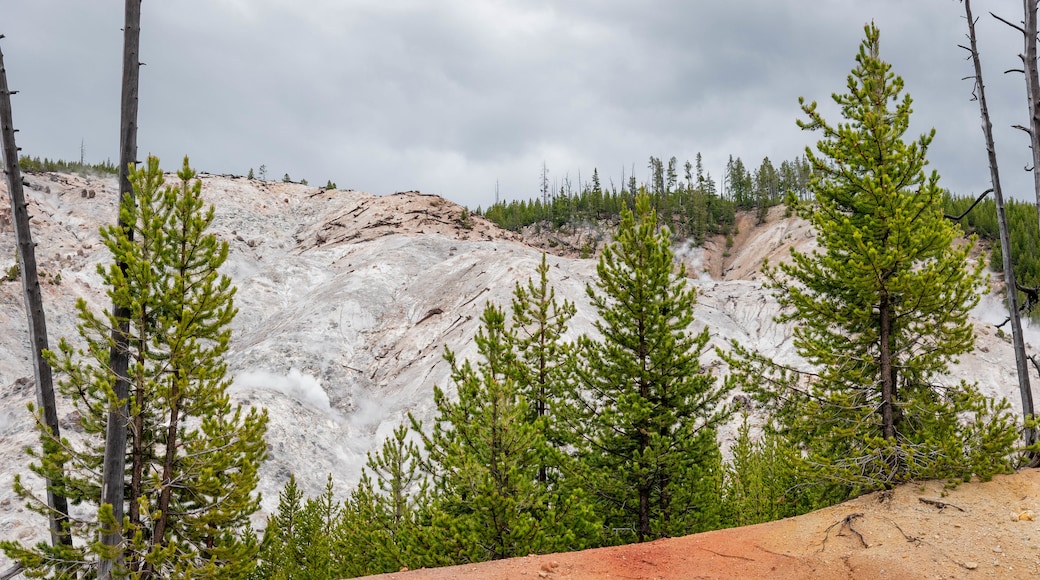


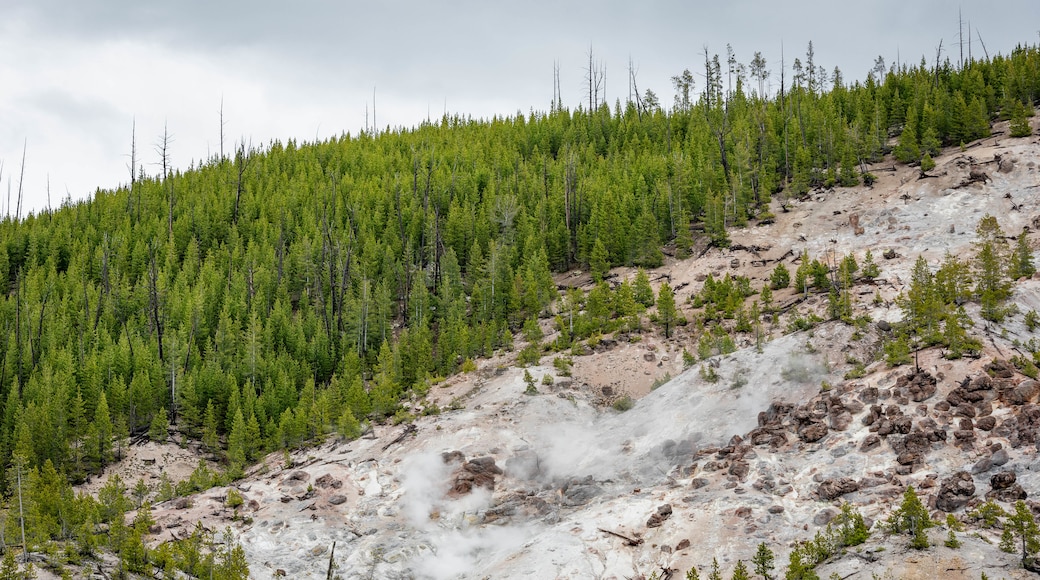
ロアリング山への旅行
人気の観光スポット
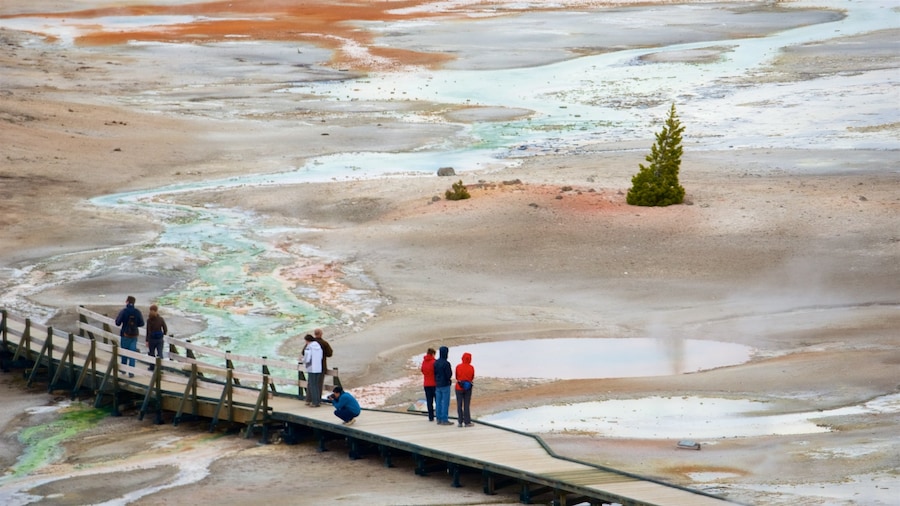
ノリス ガイザー ベイスン
4.5/5(口コミ 4 件)
ノリスでは、美しい自然スポット、ノリス ガイザー ベイスンで最高のアウトドアを ! またこのエリアでは、湖畔の散策を楽しみ、滝をじっくりと堪能してください。
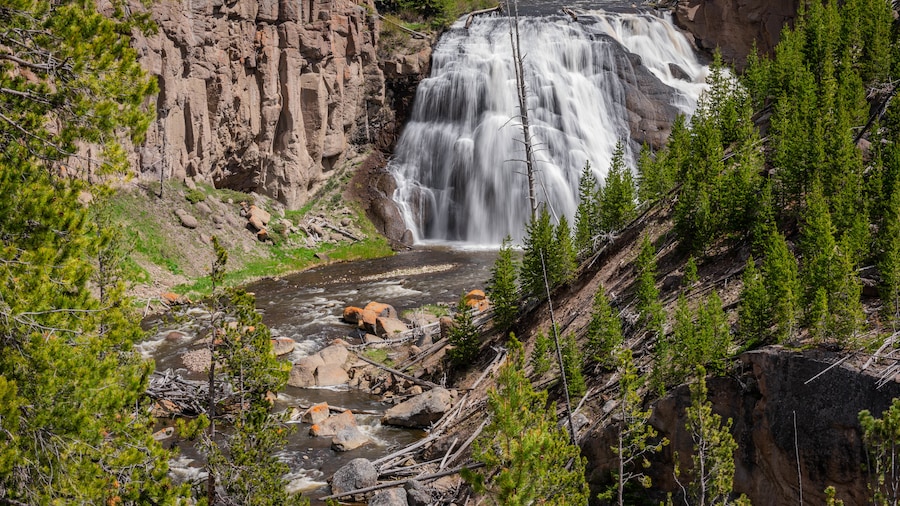
ギボン フォールズ
イエローストーン国立公園では、美しい自然スポット、ギボン フォールズで最高のアウトドアを ! またこのエリアでは、湖畔の散策を楽しみ、滝をじっくりと堪能してください。
Porcelain Basin
イエローストーン国立公園旅行中には、Porcelain Basinで最高のアウトドアを体験し、自然に親しみましょう。またこのエリアの公園では、散策を楽しみましょう。ミュージアムも必見です。
ナショナル パーク レンジャー 博物館
イエローストーン国立公園では、ナショナル パーク レンジャー 博物館の貴重な展示品を見学しながら、充実した時間を過ごせます。 またこのエリアの滝や温泉は、存分に堪能してください。
ロアリング山周辺のおすすめホテル

キャニオン ロッジ & キャビンズ - インサイド ザ パーク
41 Clover Ln, Yellowstone National Park, WY

マンモス ホット スプリングス & キャビンズ - インサイド ザ パーク
2 Mammoth Hotel Avenue, Yellowstone National Park, WY
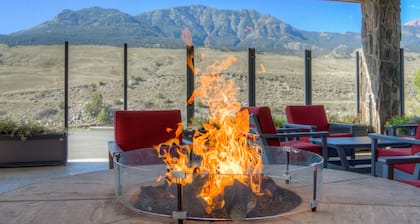
ザ リッジライン ホテル アト イエローストーン、アセンド ホテル コレクション
905 Scott Street W, Gardiner, MT

グレイ ウルフ イン & スイーツ
250 S Canyon St, West Yellowstone, MT

ザ ルーズベルト ホテル - イエローストーン
1014 Scott St. West, Gardiner, MT

イエローストーン リバーサイド コテージズ
521 Scott St W, Gardiner, MT

アブサローカ ロッジ
310 Scott Street West, Gardiner, MT

スーパー 8 バイ ウィンダム ガーディナー / イエローストーン パーク エリア
702 Scott St. West, Hwy 89/ PO Box 739, Gardiner, MT
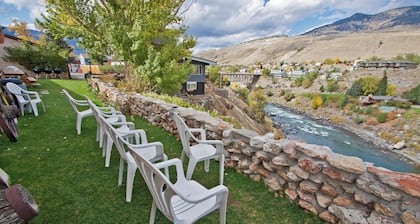
Yellowstone River Motel
14 Park St, Gardiner, MT
表示料金は、過去 24 時間における 1 泊大人 2 名利用時の最低価格です。料金および空室状況は変動する場合があります。別途、利用規約が適用される場合があります。
エクスペディアで世界の旅へ
エクスペディアで世界の旅へ
* 個別に予約した同じコンポーネントの価格と比較した、パッケージ予約に基づく割引額。すべてのパッケージで割引を利用できるわけではありません。航空券+ホテル予約で航空券が最大全額OFF - 割引額は、すべての割引とリワードが適用される前の、航空券 + ホテルのセット料金と、航空券とホテルを個別に予約した場合の料金との比較に基づきます。セット予約の割引額は、最大で航空券全額に相当します。割引額は、出発地 / 目的地、宿泊数、宿泊期間、旅行サービス業者によって変動します。すべての航空券 + ホテルのセット予約に割引が適用されるわけではありません。